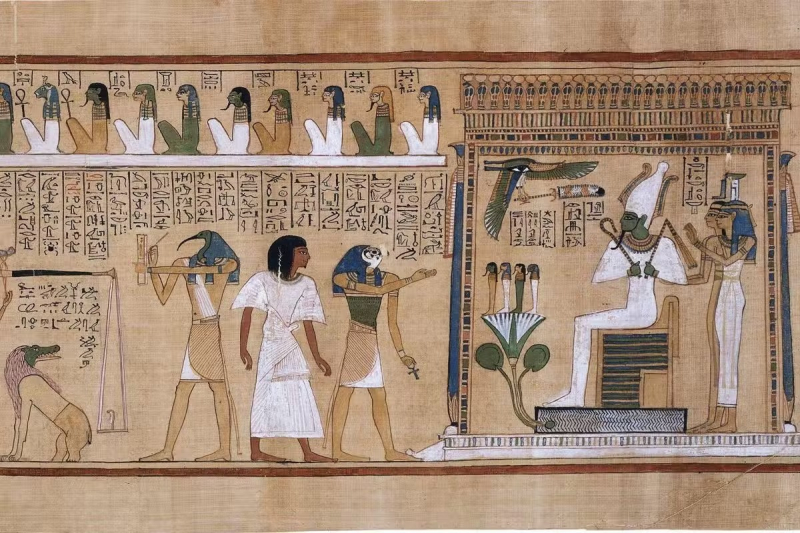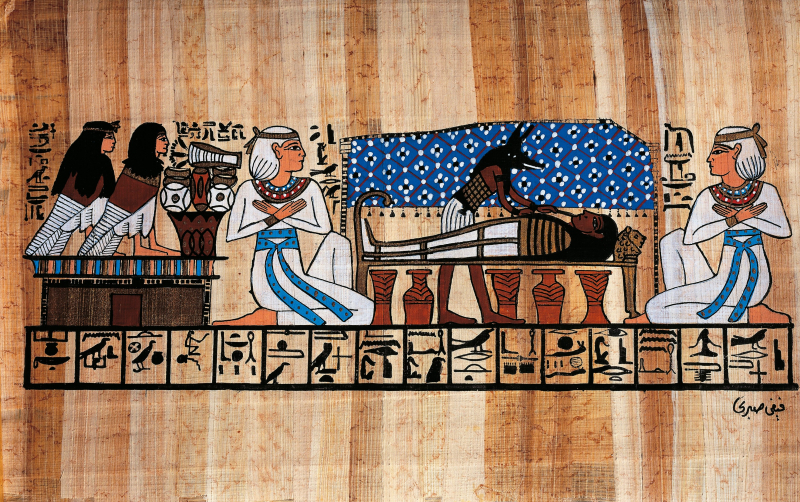The Egyptian Afterlife
The religion of the ancient Egyptians was based on a firm belief in the afterlife. Instead of a complete cessation of life, death is seen as a temporary interruption. They strongly believe that eternal life can happen through the means of piety and mummification. Therefore, the Egyptian Afterlife became one of the most famous ancient Egyptian paintings. It was assumed that an individual's afterlife would be determined by the Egyptian gods, as clearly depicted in the picture above. The pharaohs were staunch believers in the idea of an afterlife, and for that reason they often prepared for their funerals, making sure that every arrangement was made to ensure they had what they needed when they come back to life.
The Egyptian Afterlife is an afterlife-related painting that shows how the dead gain immortality and continue their life after death and this must be painted for the sake of expression. The ancient Egyptians had different interpretations and ideas about religious concepts, mainly about the afterlife. Certain traditional beliefs are certainly more common in some places and periods than others. The afterlife could mean living among the gods, the sun, and the stars in the sky. This idea was especially popular among kings but was extended to more people over time. In the version of the afterlife, a person can live among the stars, and hang out with the moon.











